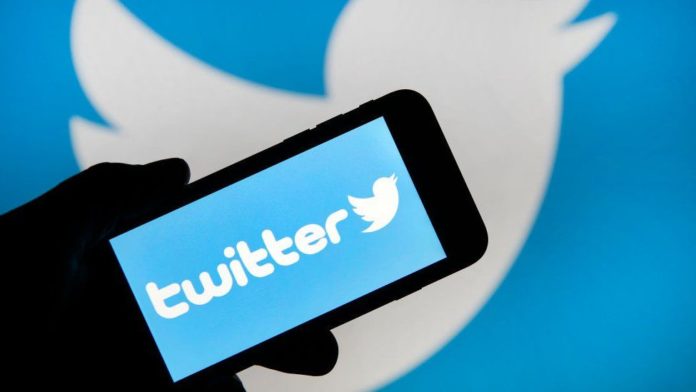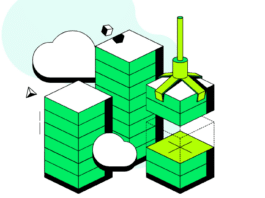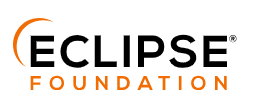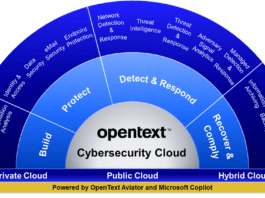Elon Musk’s widely reported choice obscures his most recent initiative to lessen platform openness.
Twitter made its recommendation algorithm’s source code available on GitHub. I would generally support Twitter “open sourcing” its algorithm, as they claimed to be doing. My work as a researcher and spokesman for corporate responsibility in the tech sector focuses heavily on recommendation algorithms and open source code. I’ve led campaigns urging firms like YouTube to do this based on my research, which has shown why and how they should be more open about the inner workings of their recommendation algorithms. In 1998, Mozilla, the charity where I work as a senior fellow, made the Netscape browser code publicly available and welcomed developers from all over the world to contribute to it. Since then, Mozilla has pushed for an open internet.
Twitter’s so-called “open sourcing” is, if anything, a deceptive red herring to hide recent steps taken against transparency. Just a few weeks ago, Twitter quietly announced that the free version of its API would be discontinued. For years, academics all over the world have used this tool to study harmful content, disinformation, public health, election monitoring, political behavior, and other topics. Researchers and developers would now have to pay between $42,000 and $210,000 each month to access the tool it is being replaced with. Lawmakers and civil society organisations (such as the Coalition for Independent Tech Research, whose board I sit on) were alerted to Twitter’s action and denounced it.
Ironically, many of the concerns that were brought up over the weekend while delving into the source code could be tested using the very tool that Twitter is getting ready to disable. Researchers hypothesized, for instance, that the “UkraineCrisisTopic” parameter discovered in Twitter’s source code was a signal for the algorithm to degrade posts referencing the invasion of Ukraine. Researchers might have acquired tweets about the invasion of Ukraine using Twitter’s API and examined their engagement to ascertain whether the algorithm amplified or de-amplified them. These kinds of tools enable the general public to independently verify—or deny—the informational tidbits that the source code offers. Without them, we are dependent on Twitter’s version of reality.
The newest instance of transparency washing in the internet sector is Twitter’s stunt. TikTok also used the term “source code” in 2020 to impress US and European regulators who requested more information about how the platform operated. In order to “allow experts to examine and verify TikTok’s practices,” it was the first platform to announce the construction of actual “Transparency Centers.” I took part in a virtual tour of the Center in 2021, which was really just a Powerpoint presentation from TikTok’s policy staff outlining the app’s functionality and going over their already widely available content control regulations.
Musk could have made Twitter’s algorithm scrutable in addition to transparent if he had truly wanted to make it accountable. He may have, for example, developed tools that mimic algorithmic system outputs based on a variety of inputs. This would make it possible for academics to run carefully controlled tests to see how real content might rank in recommendation algorithms. Researchers who operate in the public interest (and, of course, who can show how their methods protect people’s privacy) should have access to these instruments for little to no expense.
Twitter itself appeared unprepared for the bold yet hurried decision to release the source code: Since the release, the GitHub repository has been changed at least twice to remove embarrassing code fragments that were probably never intended to be made public. Although an algorithmic system’s source code shows its fundamental reasoning, it tells us very nothing about how the algorithm will function when applied to actual Tweets in real-time. We are unable to predict what is occurring on the platform right now or what might happen next as a result of Elon Musk’s decision.




